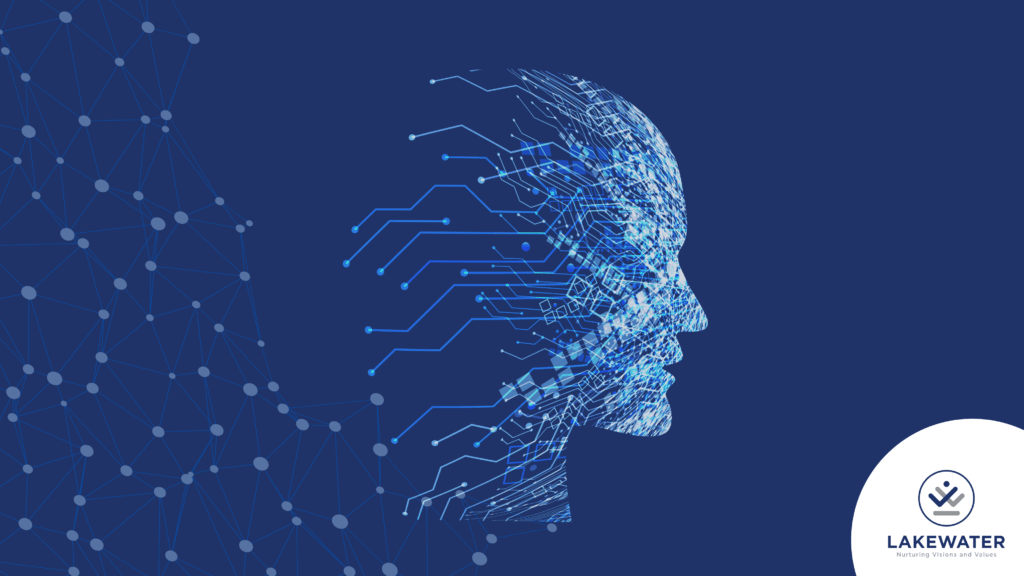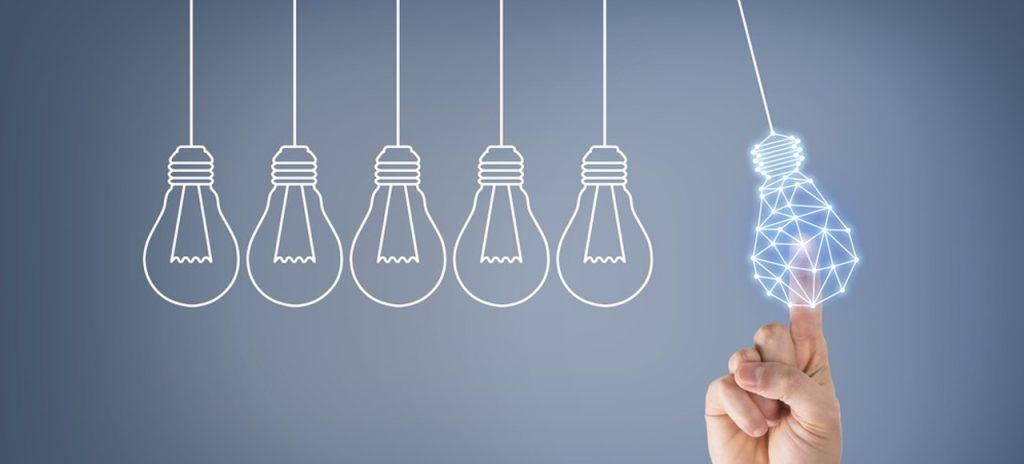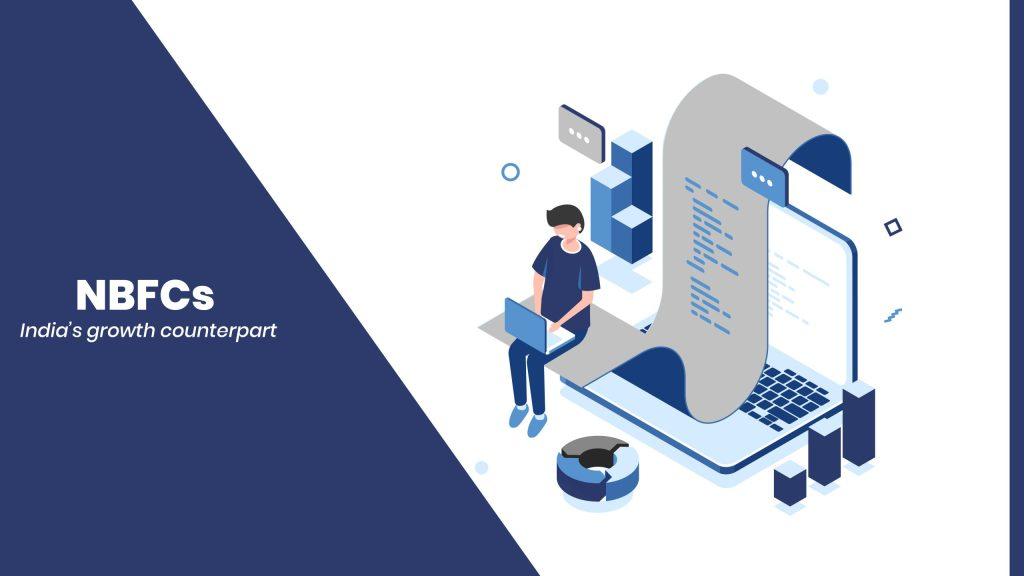INTRODUCTION
‘Change’ is the only constant.
Pick up any of the top bracket companies or sectors. The changing composition of their business ecologies and innovations reflect in the way they did business yesterday, doing business today and plan to do business tomorrow. Strong winds of revolution in the economy shall always be there.
However, are all revolutions constructive?
The Hiroshima Nagasaki attack, considered to be a turning point in the nuclear revolution, had left the cities with two following years of highly hazardous radioactive aftermath.
Let’s take a dig deeper. When any revolutionary technology comes into the light, we probe ourselves with certain questions –
- What are its pros and cons?
- Whether the technology will reduce layers of operation, be autonomous or create further dependence?
- Whether the technology has the potential to benefit the masses equally and not widen the dystopia?
- What are its consequential threats and the rewards for our future?
And the last one opens up a black hole of possibilities. History reveals that there have been records of futuristic technologies that have certainly not led humanity to a happy ending.
Nevertheless, nothing has yet silenced the indomitable spirits of innovation that aspires to give us a better living. The laboratory of Human progress has never been shut. Be it for the good or for the bad.
Rapid change defines the modern era. From AI to Hydroponic Farming, E-cars to 3D printing, the world of innovation is on an accelerated metamorphosis trip. The businesses that you still find to survive around you are the ones that could put up a successful hustle to adapt to these changes or find newer opportunities to stay in the game. The new-age companies manifest their flexibility for such innovation by bringing new products and services.
And it’s in this rat-race of being an author to momentary innovational benchmarks, that their future consequence and concerns related to them often take a back seat. The only way to thrive is to race faster; unaware of if the drive up is destined towards a cliff edge. We are all are part of the ‘progress’, as that’s a new code of survival if we can still call it so.
Explaining the vast totality of the ‘disruption’ trend in the world of innovation, we at Lakewaters have taken a look at three technologically disruptive scenes, picked up from the three unities of time-the past, the present & the future. A retrospect into the basic lessons of school reminds us of Charles Dickens’ “A Christmas Carol”, where Scrooge, a character who was on a greed-trip for wealth was visited by three ghosts on Christmas eve, who explained to him the consequences of his acts in past, present and future, overnight. Considering us sapiens, to be the ‘Scrooge’, high on the growth trip through disruptive innovation, here’s a look at our three ghosts…
THE GHOST OF INNOVATION PAST- THE BANKRUPTCY TALE OF KODAK
Before, we view the future; let’s discuss what happens when one doesn’t have a futuristic vision. A perfect example of this is Kodak – a name that was synonymous with photography. The company, which was once, rated as one of the top 5 valuable brands in the world, had to file bankruptcy and the industry juggernaut almost disappeared.
Even though Kodak had built one of the first digital cameras in 1975 and held more patents than its competitors, it couldn’t adapt to the changes due to its risk-averse nature. Kodak should have taken the hint and opted to change when Sony came up with Digital Technology in 1981. Guess they missed that knock of innovation on their door or ignored it.
Kodak failed to view that tradition and digitalization can stay together. It took the decision to grow slowly since they could not visualize a world without traditional cameras. With disruptive innovation and Moore’s Law at work, today, we cannot visualize carrying cameras around in the age of smartphones.
Companies need to be agile enough to accommodate innovation and reinvent the existing business model for the better. Fujifilm, a significant competitor of Kodak, took the challenge and explored the unchartered territory. Hence, it still exists.
In 2000, who had thought photographic films will be out-dated and smartphones will replace cameras? What happened to Kodak and Polaroid then, is about to happen to a lot of industries in the next 5-10 years. What seems unimaginable today will be a reality and the transformation will be much faster with Artificial Intelligence on the prowl.
Today IBM Watson is predicted to procure legal and medical decisions with close to 90% accuracy; Facebook is capable to recognize human faces better than humans themselves. Unfortunate is the industries headed by leaders who don’t see this coming.
Kodak failed to realize, how new technology can enhance customers’ lives. In the modern era, it is not just about selling products, it is about selling better lifestyle ways, keeping the customer engaged and adding value to their greatest resource: their time. Creating intangible experiences instead of tangible assets is the mantra that leads us to study the second pawns of our growth-curve: Uber & Airbnb.
THE GHOST OF INNOVATION PRESENT- THE INTANGIBLE TITANS: ALIBABA, UBER & AIRBNB
With technology being the driving force, we are aware that a new movement towards redefining business assets and ownership has been unleashed. It’s since 2010, that the period of taking exceptional innovation leaps begun with this movement in mind. Currently, the battle is not just about the product anymore, it’s more about the customer’s experience. Internet’s powerful mechanism has generated a new breed of gig-economy oriented companies that one would have never imagined of in the past.
Uber, the world’s largest taxi company, owns no vehicles and matches drivers with the riders for few hours to create a short-lived convenient travelling experience; Alibaba, one of the most valuable retailers of today, has no inventory and Airbnb, the world’s largest accommodation provider, owns no real estate, and is matching host’s interests and requirements with the guests, building an ecology that has disrupted the hospitality industry, to a concerning extent.
Even though these platforms were created to make life seamless on the consumers’ end, the very definition of responsibilities of not just companies, but complete industries is being diluted, since they are third parties. Facebook was invented for social networking and now the very purpose it has changed. Content curators can easily spread fake news via Social Media and create chaos. In fact, political parties are already using it for their personal agendas, resulting in Facebook releasing revised guidelines after the Cambridge Analytica scandal.
Uber grew for its high convenience quotient, in comparison to conventional cab services. And now when, Uber has created a scene of dependence, the control from the user is reduced and one has to accept the surge, however unreasonable it might seem, to use the service. In fact, the irony is that one of the reasons, why people shifted to Uber in the first place was the extra charges that cab drivers demanded. Problems get back to square one, Consumer still feels cheated, but meanwhile power shifts from the conventional holders to the innovational child in the classroom.
Rule the market, without having a product of your own ‘sharing economy’ cannot be defined better than that, standing in today’s date. All these platforms are just software-owners and not asset-light companies. They came out of the blue and now cover your view of the market sky. Possibilities now seem limitless as new business ideas bloom and new business models like Electric Cars take shape. Today, without waiting for an informed caution, brands like Honda, Toyota and Samsung have already set up units to come up with E-cars. Instead of fossil-fuel pumps, electricity charging units are charging cars on the roads of Sweden, Denmark & Holland. Uber is here to stay while the Middle East is in trouble. And that defines how ‘Disruption’ looks like in 2021.
THE GHOST OF THE INNOVATIONS YET-TO-COME- BEING THE DRIVER IN THE DRIVERLESS CAR
Elon Musk, one of the wealthiest person on the planet, according to Forbes estimates is today worth $ 195 bn. A brief of his resume would sound a lot like, the leader of the clan of innovational disruptors alive. And the reason for this brings us to the seemingly major agent of disruptive innovation in the near future, electronic automated cars.
A technology tsunami has hit the automotive industry. Conventional car manufacturers are confronting their worst nightmare. Electronic self-driven cars are no more parts of futuristic sci-fis.
“This development will be in stages: we start without feet and then do without hands and eventually without eyes.”
Pascal Brier, Altran Group Executive Vice-President
The innovational masterpiece that will be coming in near future might have a lifetime warranty. There will be warning lights indicating you about precisely which part in its built is malfunctioning; and all you need is to drink a cup of coffee while the complete engine can be rewired in just a few minutes by certain authorized centers.
The accident rate of conventional cars, based on recent observations, amounts to about 1 in 6000 miles of distance covered under usual circumstances. These electric wagons, once on road, will cut that count straight down to 1 in 6 million miles.
The revolution that these E-cars will usher in will lead to a complete closure of our energy-dependence on non-renewable fossil resources. Instead, each home can domestically procure electricity, and by saving on the same, sell it to the commercial consumers. While the pandemic has made work-from-home the new reality, these cars will make-possible work on the go. Distance traversing will no longer require manual attention. On average, an Indian spends 7% of his day travelling to and fro the office, more than most other countries in the world, every single day. Imagine 7% added time efficiency in every Indian’s daily schedule. A baby born today might see petrol-driven cars in museums and never own a driver’s license.
As per a report by Bloomberg New Energy Finance, 58% of the worldwide passenger vehicle sales in 2040 will be derived from electric vehicles. Electric cars are the future and every year more EVs are being lined up. Volvos have already begun inculcating E-motors in the automotive. Currently, nations are fighting over oil and a few decades from now, there shall be an era where oil drilling will be a thing of the past.
Till now we had been talking about innovation. Now let us focus on the disruptive side of the spectrum.
E-cars can be viewed as the beginning of many ends. E-cars can be called one of the greatest employment-destructors, human has witnessed. Few pinnacle industries that this shift would almost erase existences are Petroleum & Diesel, Coal mining, OPECs, Driving license Issuing firms, Conventional car manufacturers, Parking plot lease-holders, Car Insurance agents, Conventional Car mechanics, and lastly Drivers, who will no longer be needed for these driverless cars.
Digging a layer deeper, than reducing accident counts and bringing down rash driving penalties, this automation move can result in inherent technical dangers too. With more and more devices being connected, there is a vulnerability of hackers seeping and the destinations of our futures can take a wrong turn. Further, this involves multiple technologies working together, where if one of them fails, it will take a blink of an eye for the accident counts to go up like a series of cards falling on each other. Meanwhile, mass-unemployment shall continue to be an untreatable scar for highly populated countries, once artificial intelligence continues to overcome the roles and responsibilities of humans.
Is it then justifiable to call this scene a scene of ‘development’, where, the technologically years-ahead visions of brands like Tesla and Google, take the employment scene of third world nations back by years?
THE FOURTH INDUSTRIAL REVOLUTION- DISRUPTIONS THAT ARE CHANGING THE CURVES ITSELF
Technology is moving at a much faster pace than we are able to adapt to. The boundaries between physical and digital are blurred. On one hand, while it records the downfall of giant companies like Kodak and Nokia owing to their insensitivity towards change, on the other hand with Artificial Intelligence Medical Diagnostics, Autonomous Electric cars, Online education, Hydroponic Agriculture, and other such master moves of disruption, execution of these changes are happening faster than the ordinary sapiens mind had ever thought to be possible.
Lakewater delves into this ‘lit’ disruption deeper…
- Today, the Economic Times buys paper, develops content, gets proof checked, prints and distributes: to name a few of their process protocols. On the social platforms today one can just develop their content, get it fine-tuned and publish on Social Media with zero investment. There is a possibility that we shall come to an era where newspaper shall just be provided digitally. So, maybe the case with books.
- .With the combination of Artificial Intelligence and Robotics, most of the traditional manufacturing industries will be disrupted and human labour would be replaced beyond recordable extents.
- The use of technology that was born to uplift humans would be replacing them. The blue-collared will be considerably replaced by robots. Robots were created for health-hazardous operational processes at the inception. Today janitors are being replaced by robots in Chinese hospitals. Even, Amazon warehouses are using robots. Artificial intelligence like IBM’s Watson is disruptive agents, who have the potential to even replace the legal and medical proficient with close to 90% accuracy in judgment and diagnosis. The infusion of AI, data analysis and robots, reduces the manual process, and identify the key clauses from tons of legal documents and cases. Unless you are super-specialized for white collared jobs, the exit door would be shown to you at workplaces.
- Real Estate Business models will undergo drastic shifts. The Coronavirus pandemic has already ignited the “Work from Home” culture. Furthermore, people might avoid down-town apartments and move to distant suburbs.
- The rise of Blockchain as a secure, decentralized, and transparent way of recording and sharing data, with no need to rely on third-party intermediaries has been foundational for the advent of digital currency Bitcoin. However, the technology can be soon used in other ways, including making supply chains traceable, securing sensitive medical data anonymously, and combating voter fraud in near future.
- Virtual reality (VR) offers immersive digital experiences (using a VR headset) that simulate the real world, while augmented reality merges the digital and physical worlds. Examples include L’Oreal’s makeup app, which allows users to digitally experiment with makeup products before buying them, and the Google Translate phone app, which allows users to scan and instantly translate street signs, menus, and other text.
- 3D printing today allows manufacturing businesses to print their own parts, with less tooling, at a lower cost, and faster than via traditional processes. Plus, designs can be customized to ensure a perfect fit, cutting down the several labor layers of the manufacturing industry ecology straight away. The IoT redefines the idea of everyday items — from a medical wearable that monitors users’ physical conditions to cars and tracking devices inserted into parcels. A big plus for businesses is that they can collect customer data from constantly connected products, allowing them to better gauge how customers use products and tailor marketing campaigns accordingly, meanwhile seeping into the customer behaviours and building a database that can shut down all definitions of privacy that we knew till date to have existed.
CONCLUSION
Historically speaking, Industrial Revolutions have generated tectonic shifts whose consequences have restructured the world economy time and again. By definition, since disruptions are deviations from the prevalent norms, the 4IR is expected to be nothing different.
At the advent of each revolution, a wave of negativity washes over as an effect of unemployment that follows in order to accommodate the technological leaps that usher in. But revolutionary innovations are by nature the ones that give birth to an evolved economy, where the masses complain in the process of adapting to the changes, and once the adaptation process is completing, begins to stand up again and enter the laboratory of innovation yet another time to pave the way for the next Industrial Revolution to usher in. A toll of pollution on the ecosystem as well as our dependence on expensive exhaustible resources will come down by leaps, decentralizing the influence of the Middle East on the World.
Lakewater believes that the 4IR is a two-dimensional sword. While unemployment will be an unavoidable scar, on the other hand, it shall as well cut down age-old evils that are causal antecedents to the formation of the line of divide between first world and third world nations, for instance, disguised unemployment, unskilled labour, illiteracy et al. Humans will become resources, not judged by their quantity but by the quality of their proficiency. Physical strength involving tasks that require more male participation will dissolve leading to a workplace more evolved from the angle of gender equality. The very economic ecology might change from being the shape of a pyramid to something flatter.
To wrap up, whenever any innovation comes, it indicates a significant change in the market. Since the major players are rarely accustomed to sudden change. The only way to survive in this modern era is to visualize the future and manifest flexibility so that they can survive in long run.
“The pessimist complains about the wind; the optimist expects it to change; the realist adjusts the sails.”
William Arthur Ward
REFERENCES
https://ignition.altran.com/en/article/what-will-the-car-of-the-future-look-like/
https://www.forbes.com/sites/chunkamui/2012/01/18/how-kodak-failed/




